Information Framework (SID)
Overview
The Information Framework (SID) provides an information/data reference model along with a common vocabulary for implementing business processes. This business model is independent of platform, language or protocol and can help identify business entities that are important to the Communications Service Provider. It also provides the basis for a common data model and a common data dictionary and offers a foundation for function, application, component, and API development.
Quick Links
- Clickable SID model
- SID training courses (Fundamentals and Practitioners)
- SID conformance certification (and certifications awarded)
- Community discussion and support forum
SID Domains
The Information Framework uses a concept of domains to categorize business entities, reducing duplication and overlap.
Domains include:
- Market & Sales
- Customer
- Product
- Service
- Resource
- Business Partner
- Enterprise
- Common
There is a high level of cohesion between business entities within a given domain. These horizontal domains align with the horizontal domains in the Business Process Framework (eTOM) and the Functional Framework. eTOM answers the "How" question, while the Information Framework answers the "What" question. In other words, the Information Framework is about "things" or concepts. These concepts are the "things" that will be affected by the businesses process defined in eTOM.
Business Entities
Within each domain, further partitioning is achieved by identifying Aggregate Business Entities (ABEs). ABEs can contain other ABEs or Business Entities (BEs), and can be considered as sub-domains. A given domain can contain anything from a few to over 20 ABEs.
BEs are concepts (things) that can easily be understood from a business perspective. They can have attributes (properties) as well as relationships to other business entities. These entities, attributes and relationships can all have textual descriptions and be depicted via diagrams. The BEs, their properties, and relationships are described using the Unified Modelling Language (UML) in a UML modelling tool.
The Information Model is available in several formats, including UML/ XMI, QEAX, Excel, HTML, and document format.
| Resource Name | Document version | Document type | Team Approved Date | Download |
|---|---|---|---|---|
|
GB991 TM Forum's Core Frameworks Concepts and Principles v24.6.0 |
24.6.0 | Guidebook | 10 Jan 2025 | |
|
GB922 Standards Addenda for Information Framework Suite v24.5 |
24.0.0 | Suite | 14 Apr 2025 | |
| 21.5.0 | Reference | 26 Nov 2021 | ||
| 24.5.0 | Guidebook | 10 Jan 2025 | ||
| 24.0 | Poster | 14 Apr 2025 | ||
| 24.5.0 | Suite | 10 Jan 2025 |
Collaboration Projects

Information systems architecture
Get involved with the project that covers the information systems architecture part of ODA, including the ODA functional architecture, Information Framework (SID), Functional Framework (FF) and Business Process Framework (eTOM).
Contributing companies and project leaders

Information systems architecture
Get involved with the project that covers the information systems architecture part of ODA, including the ODA functional architecture, Information Framework (SID), Functional Framework (FF) and Business Process Framework (eTOM).
Contributing companies and project leaders

Information systems architecture
Get involved with the project that covers the information systems architecture part of ODA, including the ODA functional architecture, Information Framework (SID), Functional Framework (FF) and Business Process Framework (eTOM).
Contributing companies and project leaders



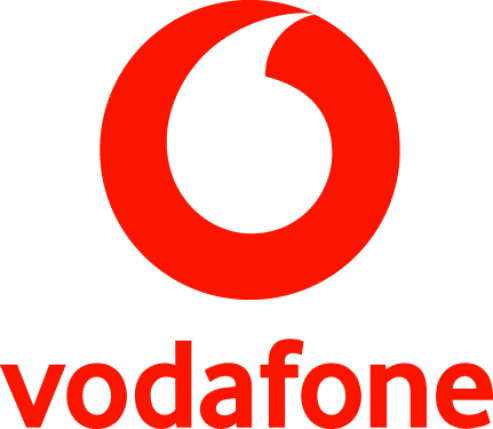
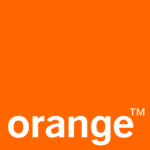
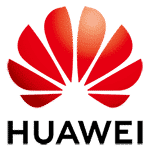
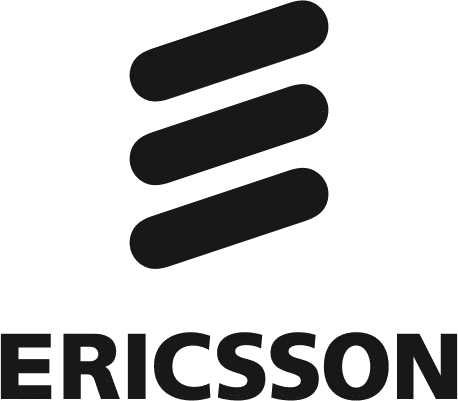

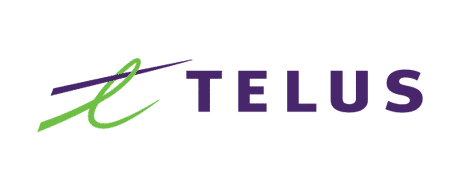
Related Links





